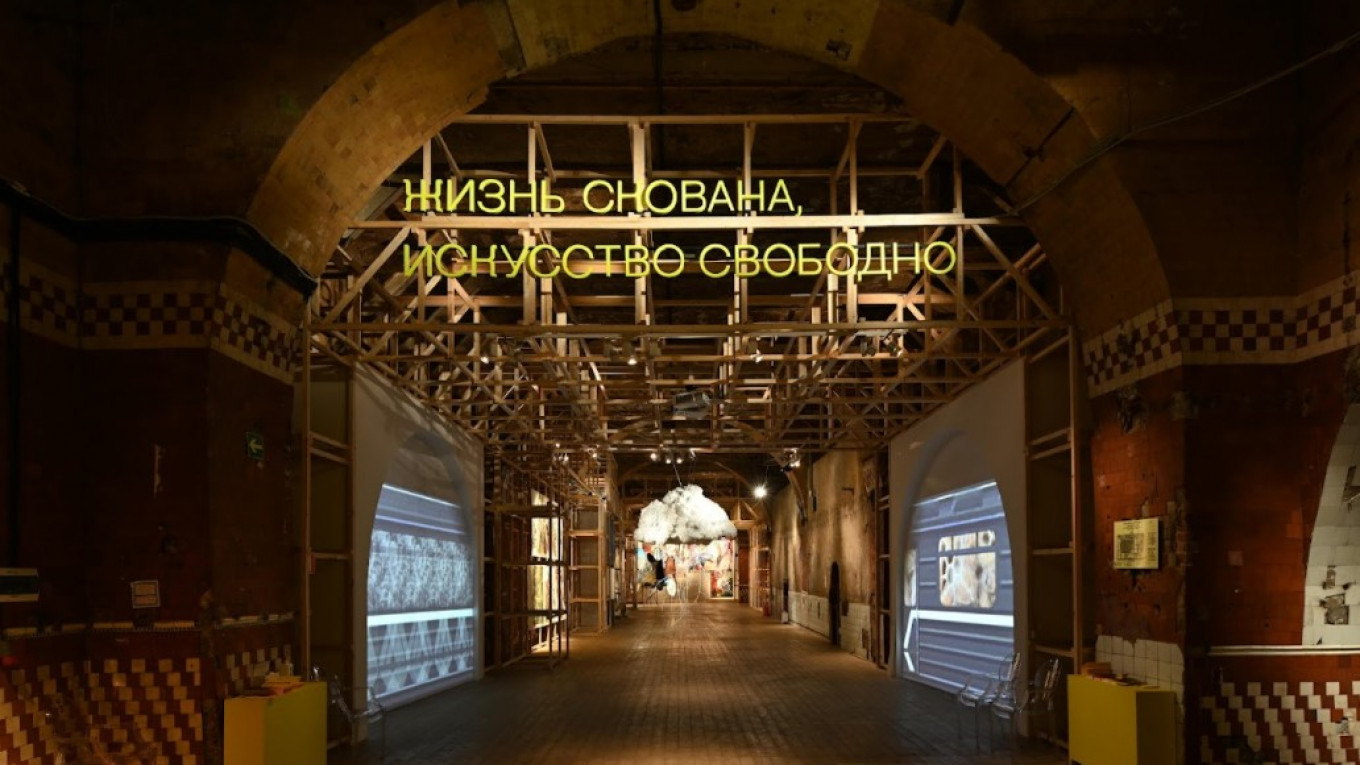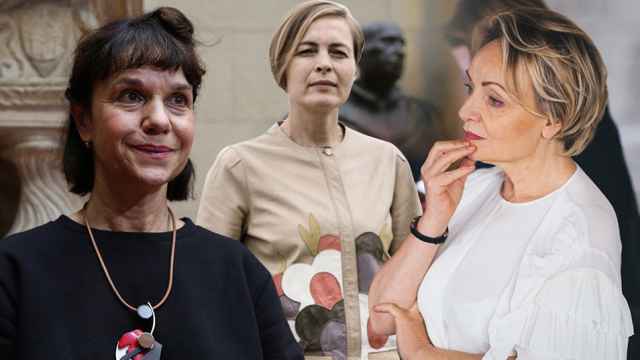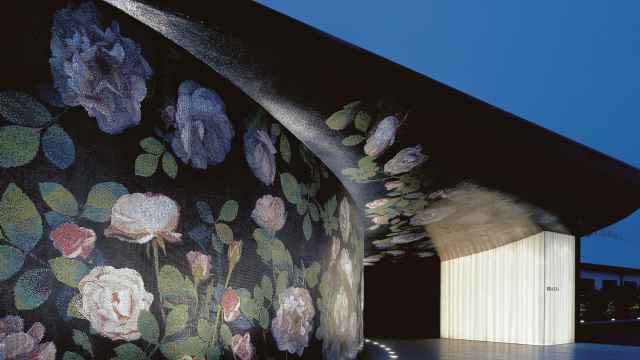Last week the AZ Museum in Moscow held a ceremony to award the winners of the first Anatoly Zverev Art Prize, putting a very celebratory end to a story that began in the spring, involved hundreds of people and thousands of hours of work, and — perhaps — changed, at least slightly, the landscape of contemporary art in Russia.
The idea seemed simple: the curators of the AZ Museum wanted to honor the memory of artist Anatoly Zverev — a Soviet-era “non-conformist” artist after whom the AZ Museum is named — in the year of what would have been his 90th birthday. They decided that the best way to honor Zverev would be to discover new young artists.
And so, they announced the Anatoly Zverev Prize. They asked for works that would “resonate with the spirit of Zverev’s art” and bring to life the epigraph to Zverev’s autobiography: “Life is constrained, art is free.” Otherwise, the conditions were loose: anyone at least 18 years old could submit works, regardless of gender, race or nationality. And they could work in any media: painting, sculpture, graphic art; street art, conceptual treatises, animation, or video art. They also welcomed submissions for works that required financing to be completed, such as large installations or videos. The only condition: the works had to be created especially for the competition and not displayed elsewhere.
The response was more than they expected. They received more than 2000 submissions from 32 countries and 169 Russian cities at the end of April. The submissions were given to a seven-person expert commission of art historians, gallery owners, artists, and curators whose difficult task was to winnow the applications down to a short list of 50 works.
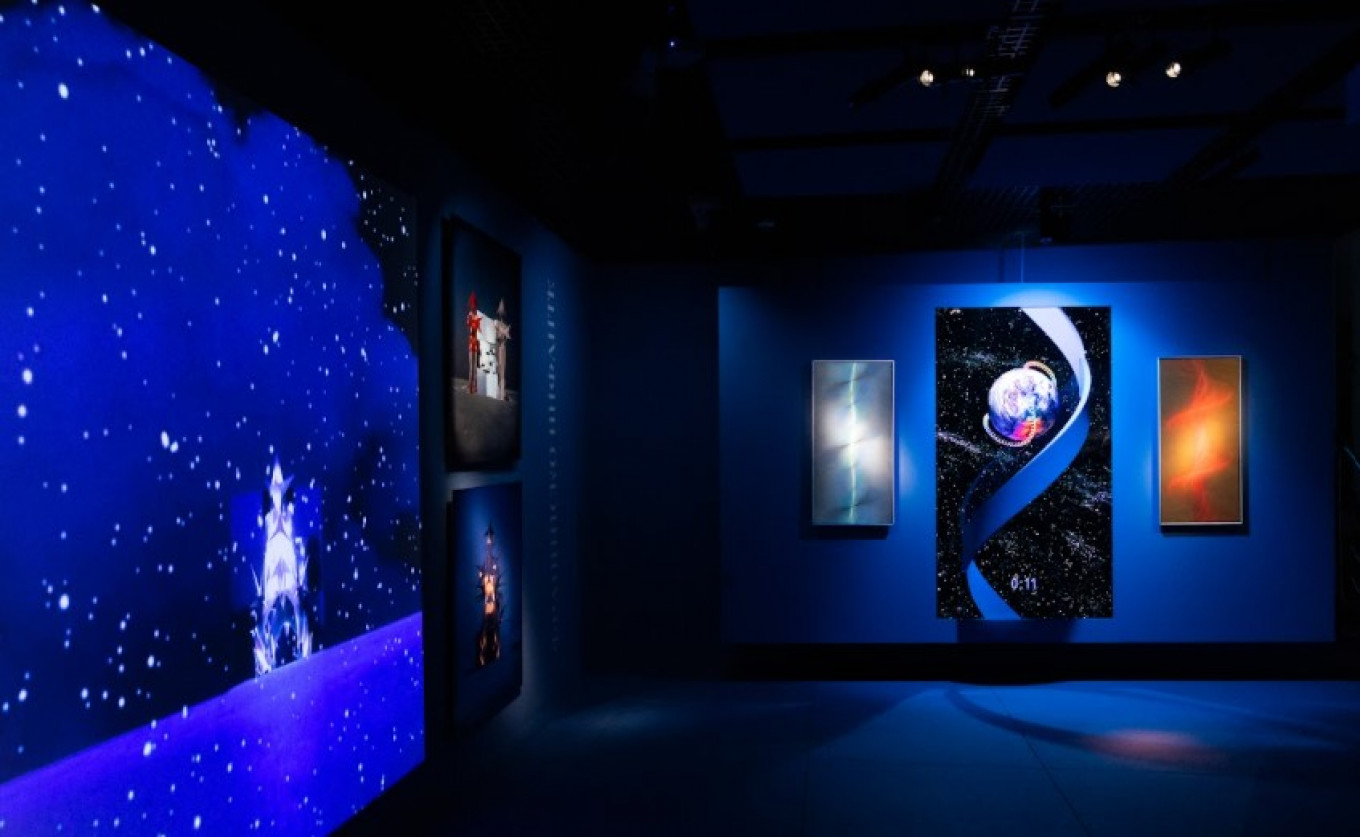
Who Are They to Judge?
While the expert commission members were studying, discussing, and voting on the submissions, the AZ Museum invited the judges who would make the final decisions. In addition to AZ Museum art director Polina Lobachevskaya and general director Natalia Opaleva, the final decisions would be made by Andrei Sarabyanov, one of the country’s top experts on 20th century Russian art, who would serve as head of the jury, and five artists: Vladimir Nasedkin, Sergei Bratkov, Grigory Bruskin, Francisco Infante, and Aristarkh Chernyshev. These artists work in very different genres, but they represent the traditions and spirit of non-conformist art from the Soviet period until today.
In the late Soviet era, non-conformist art was art that did not comply with the official proscribed styles and subjects — more or less realistic depictions of positive themes and heroes, from political leaders to students building the Baikal Amur Railway on their holidays. Non-conformist art wasn’t one style, but rather encompassed the full range of styles, from Francisco Infante’s kinetic art to Anatoly Zverev’s supremacist works and impressionistic drawings and portraits.
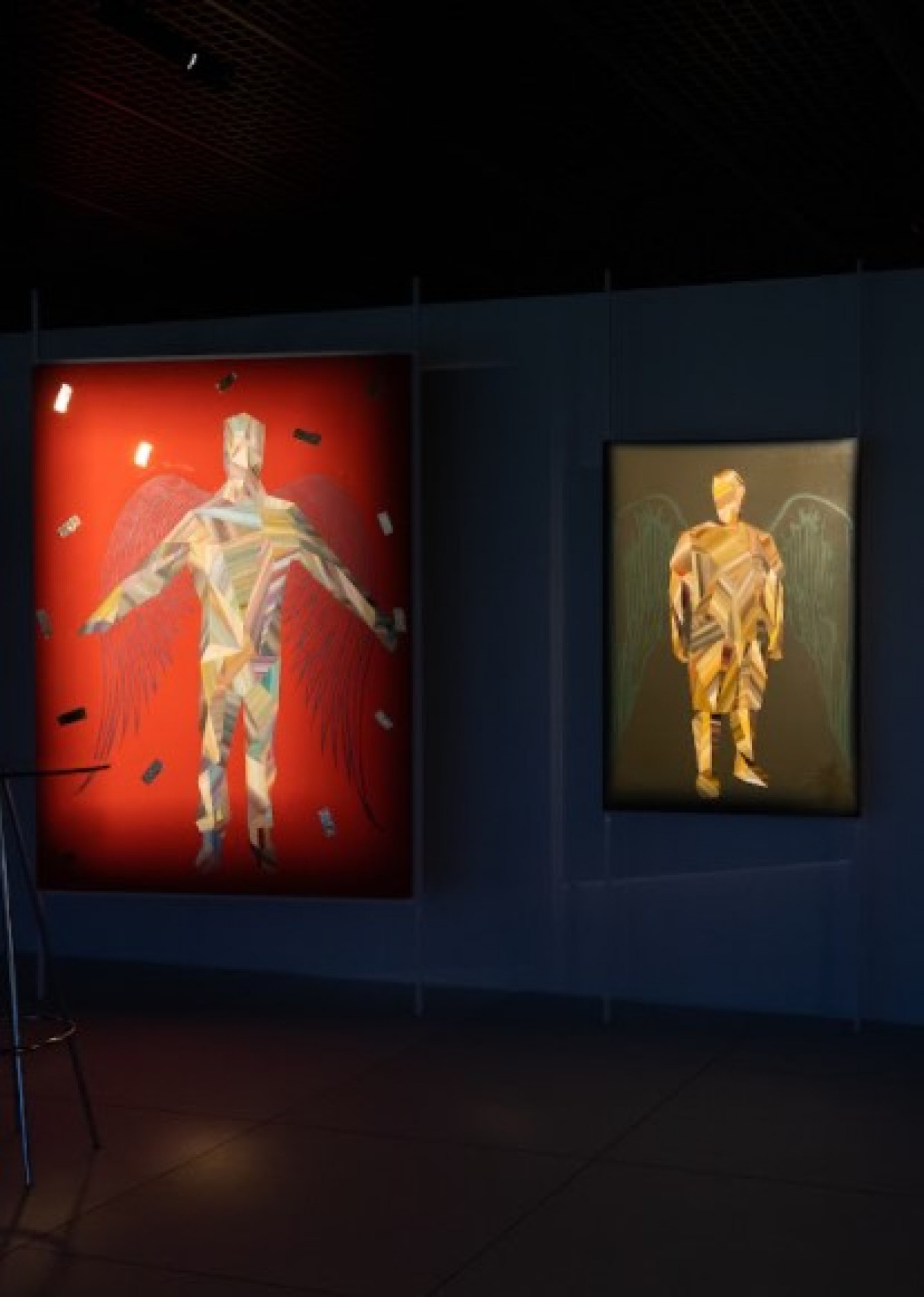
While the deliberations of the expert commission were ongoing, the museum held an exhibition of works by the artists on the jury. It was called “Who Are They to Judge?” – a line from the play “Woe From Wit” by Alexander Griboyedov.
The show’s answer to Griboyedov’s question was clear. These artists, standing at the origins of non-conformist art, like Infante, or carrying on the traditions, like Infante’s son Platon, were absolutely qualified to judge new talent.
The exhibition was small but powerful. There were linear abstract canvases (Vladimir Nasedkin) and cosmic videos (Platon Infante); curious sculpted creatures (Grigory Brushkin) and decorative angelic beings (Sergei Shutov); swirled lines and circles that seemed simple but became magical by Francisco Infante; and Aristarkh Chernyshev’s mesmerizing video installation of a post-apocalyptic Moscow — or not Moscow? Or not post-apocalyptic? — called "Dystopia" that flowed along one wall, carrying all the detritus and garbage and twisted metal, shopping bags and garbage dumpsters, kitchen trash and piles of junk past dozens and dozens of ramshackle, deteriorating high-rise apartment buildings.
Winzavod welcomes the finalists
While visitors were visiting the exhibition and attending talks by the artist-judges at the AZ Museum, in the Large Wine Cellar at Winzavod Center for Contemporary Art curators were working to mount the 50 works of art created by the shortlisted finalists. The space, with its tiled long halls and odd shapes, was both a challenge and a blessing for the curators. The rooms and halls had their own characters and could welcome some artworks but were wildly inappropriate for others. Somehow, the curators found the right place for every piece and gave them, in the words of Olga Sviblova, the head of Moscow’s Multimedia Art Museum, “room to breathe.”
And the works needed plenty of room to breathe. There were videos of metro cars and bits of lines and colors from works by Anatoly Zverev that danced across a screen. A huge sculpture of a cash register receipt, half-folded, pierced an enormous spike. A sculpture like an arm of woven metal reached up 15 feet in the air. A forest of brightly decorated, carved posts stood in the middle of a hall. There was a painting of unhappy cartoon-like figures (“My Life Before I Found Art”); a wall covered with an image called “Death of Gods” that, when you came closer, you could see was made of thousands of nails and bits of paper.
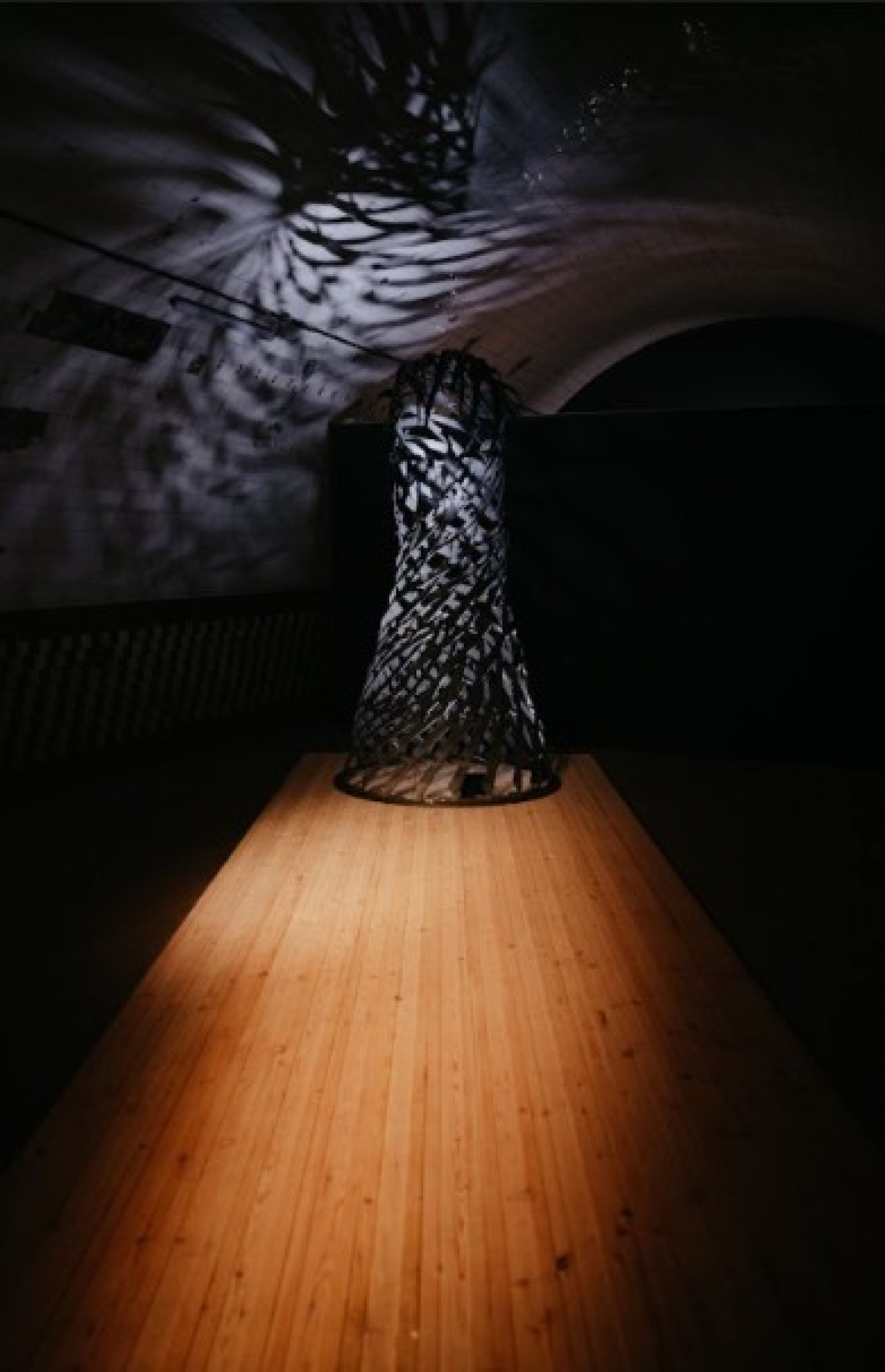
A large, unevenly shaped, brightly colored, lively painting called “Forgive Us Debts as We Forgive Our Debtors” commanded attention in one hall. But all the halls were filled with beautiful, shocking, calming, clever, funny, touching art.
And the halls were always filled with people. This show of works by unknown, young, mostly Russian artists was visited by more than 20,000 people — if not an attendance record, certainly an indication that there might be a shift of interest in the art-going public. Muscovites may still line up for hours to see gorgeous 19th century paintings, but more are interested in contemporary art than ever before.
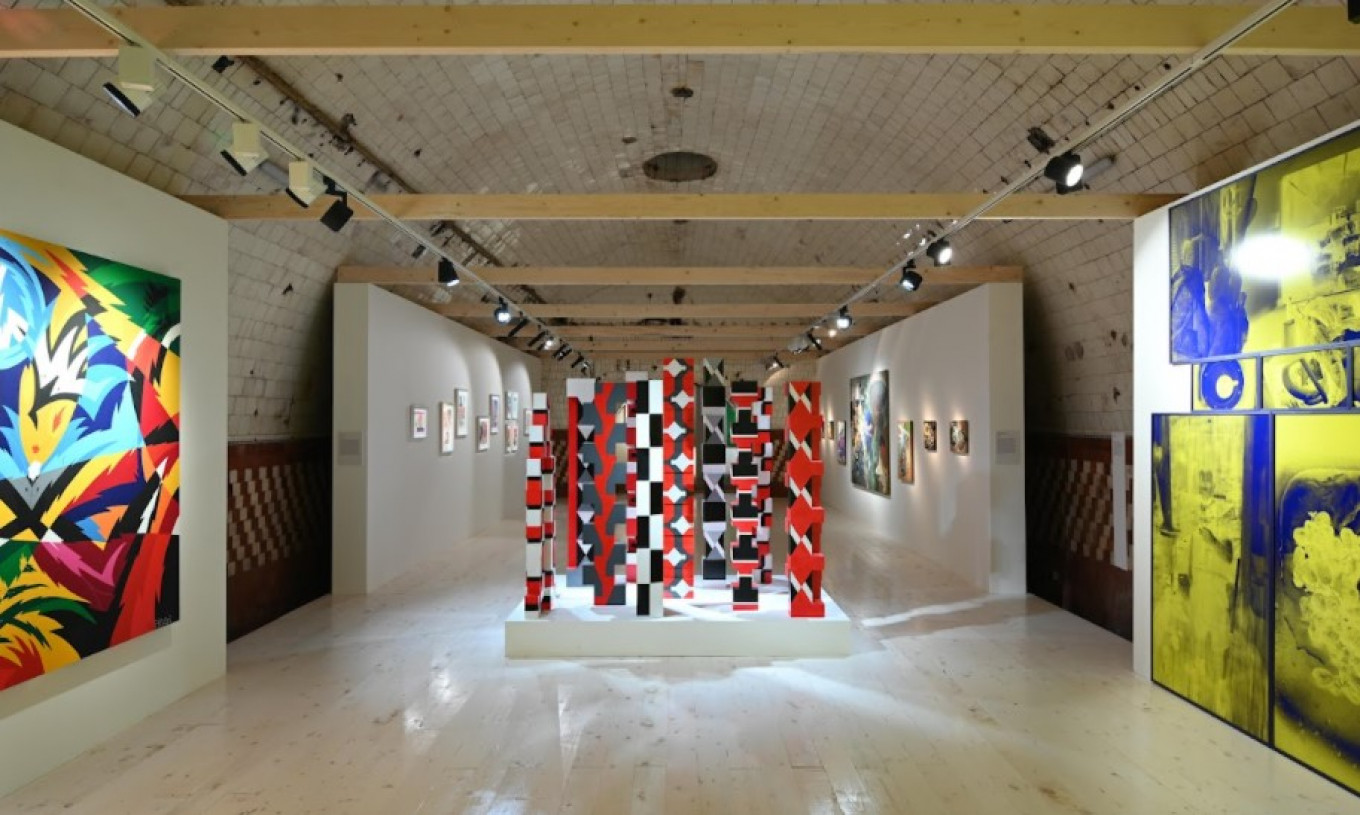
In the end, there were simply too many excellent works of art. Instead of awarding one prize each for first, second, and third place, the jury decided to award three third-place awards, two second place prizes, and one first place prize. They awarded not one but two prizes for visitors’ favorites, and a special jury prize for an extraordinary “media opera” called “Pink Mouse” that was so innovative it was almost a new genre. And the museum’s partner, GV Gold, awarded another five prizes. The monetary prizes ranged from 250,000 rubles ($3383) to 1 million rubles ($13,530).
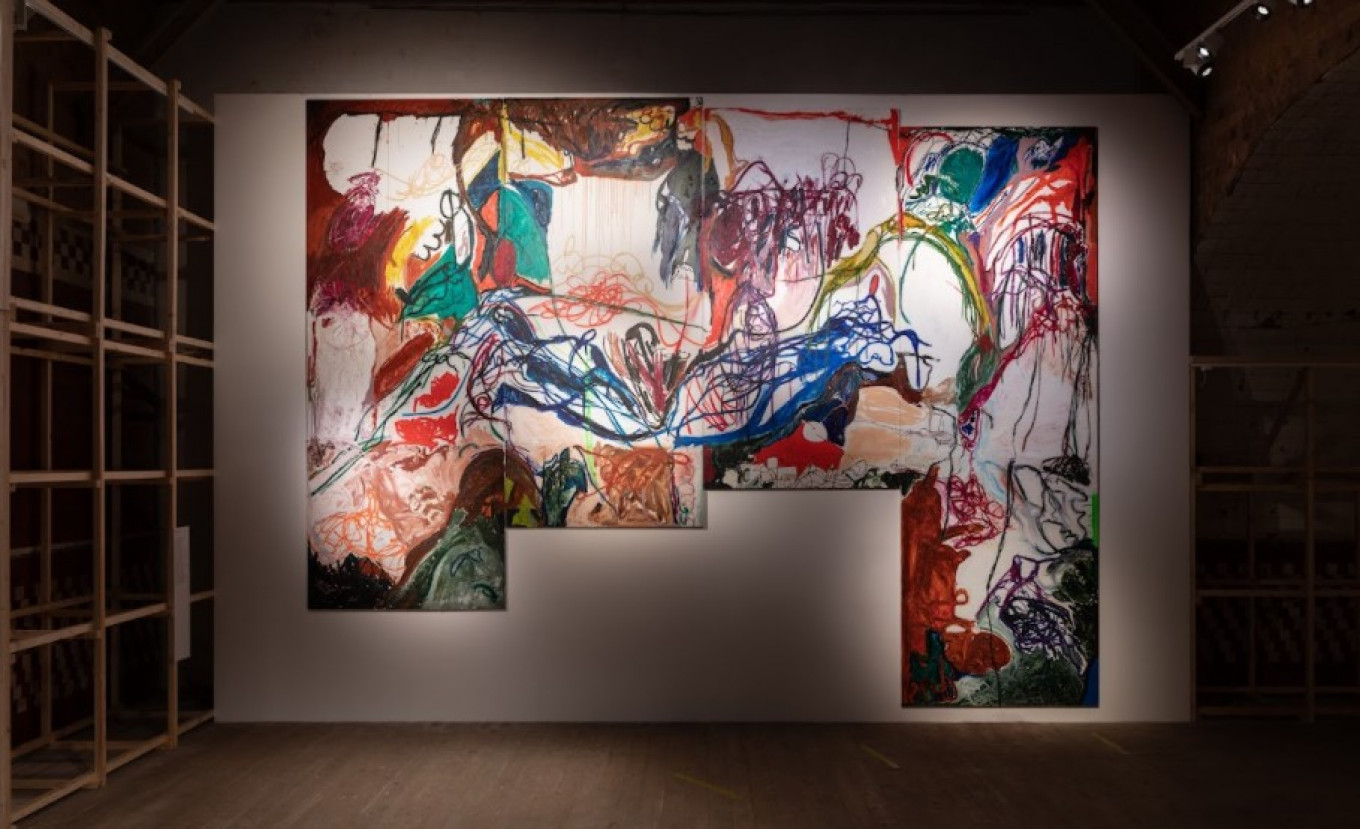
And the winners are…
The prizes were announced in an online ceremony on Nov. 15 — the first prize winner was Yevgeny Muzalevsky for “Forgive Us Debts as We Forgive Our Debtors” — and formally recorded here. But the ceremony to present the artists with their awards in person was held on Nov. 29 in the AZ Museum, where a show of Zverev’s works had just been mounted.
Guests and artists arrived, shaking off rain from a late-season downpour, and began to chat and drink rosé champagne surrounded by Zverev’s portraits of men and women watching them — with pleasure, one would think — from the walls.
The ceremony began with awards from GV Gold, and then AZ Museum director Natalia Opaleva began to call up the artists and present them with their statuettes and envelopes containing prize money. The artists, proud, self-conscious, blinked at the camera flashes, commented on the weight of the statuette and heft of the envelope, thanked the organizers and said how important it was in these difficult times to find support, and money to carry on, and to be free to create. One artist performed a rap song. Others spoke about how marvelous it was in these difficult times to draw so many people to what might have been an obscure and overlooked show. “Anatoly Zverev was a rebel,” one member of the expert commission said, “and rebellion is necessary in these difficult times.”
In spite of these difficult times, everyone smiled at everyone else as more flashes went off as photographers and videographers moved around the small space.
And then rosé champagne was being poured again, the ceremony was over, and the first Anatoly Zverev Art Prizes were going home.
For more information about the AZ Museum, exhibitions and awards, see the museum site.
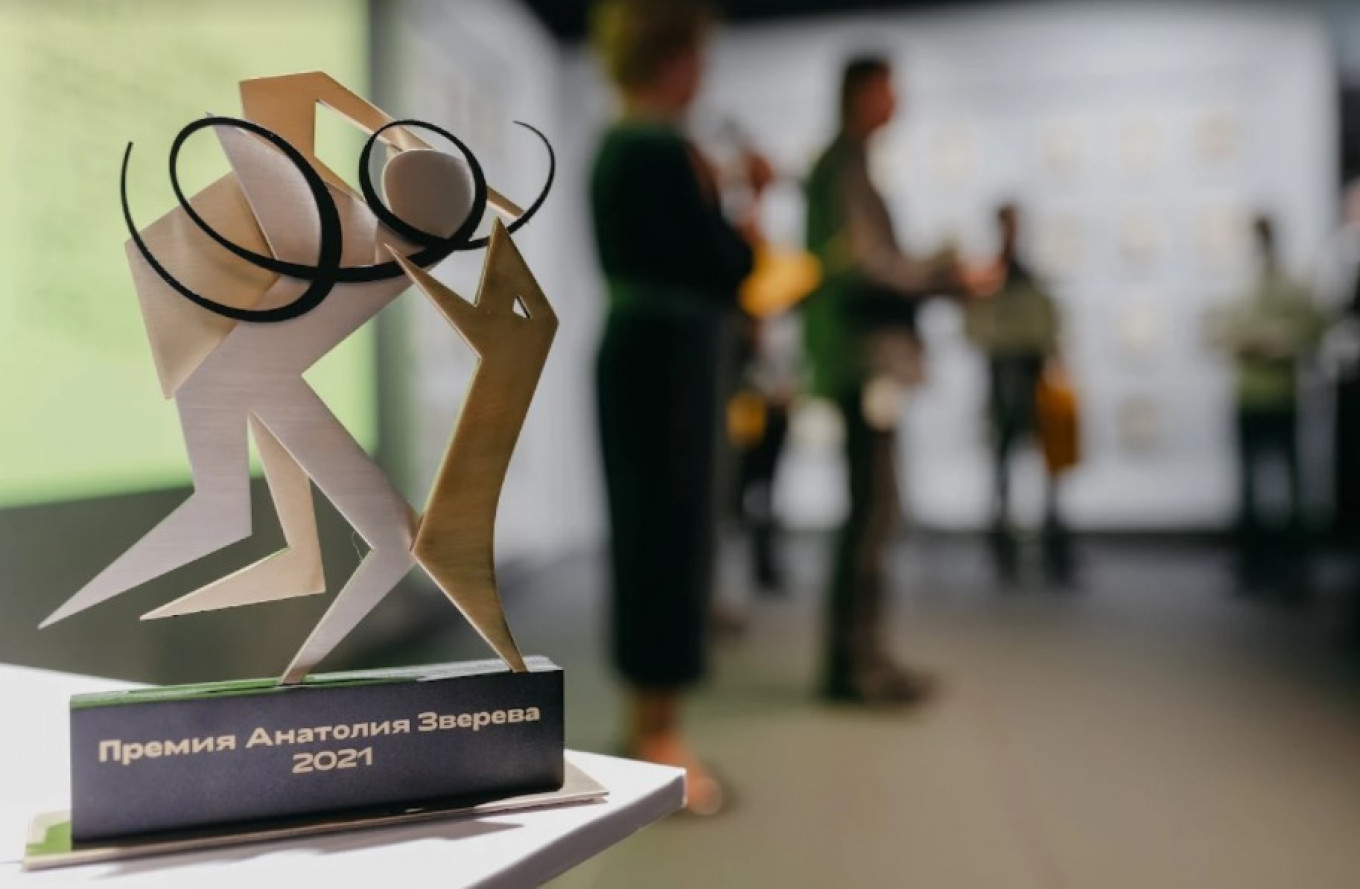
A Message from The Moscow Times:
Dear readers,
We are facing unprecedented challenges. Russia's Prosecutor General's Office has designated The Moscow Times as an "undesirable" organization, criminalizing our work and putting our staff at risk of prosecution. This follows our earlier unjust labeling as a "foreign agent."
These actions are direct attempts to silence independent journalism in Russia. The authorities claim our work "discredits the decisions of the Russian leadership." We see things differently: we strive to provide accurate, unbiased reporting on Russia.
We, the journalists of The Moscow Times, refuse to be silenced. But to continue our work, we need your help.
Your support, no matter how small, makes a world of difference. If you can, please support us monthly starting from just $2. It's quick to set up, and every contribution makes a significant impact.
By supporting The Moscow Times, you're defending open, independent journalism in the face of repression. Thank you for standing with us.
Remind me later.



